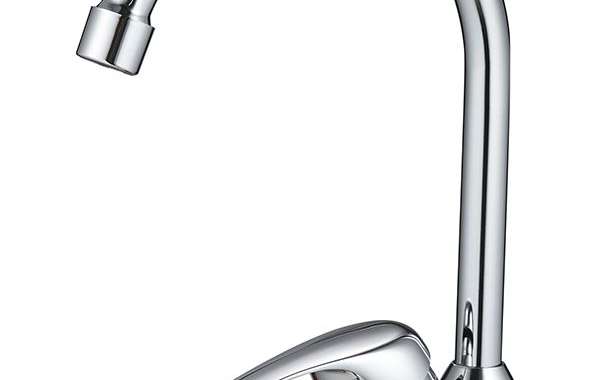A kitchen mixer can transform your cooking experience, making food preparation easier and more efficient. These versatile appliances handle tasks from whipping cream to kneading dough, saving time and effort in daily meal preparation. When selecting a kitchen mixer, understanding the different options available helps ensure you choose a model that matches your culinary habits.
Stand mixers represent the most powerful category of kitchen mixers, designed for heavy-duty tasks like bread dough and large batches of batter. These countertop appliances feature sturdy bases, multiple speed settings, and various attachments for different functions. Their bowl-lifting or tilt-head designs accommodate different working styles, with bowl-lift models typically offering greater capacity for serious bakers.
Handheld kitchen mixers provide a more compact and affordable alternative to stand models. These lightweight tools work well for smaller jobs like whipping eggs or mixing cake batter. Many modern handheld kitchen mixers come with multiple speed controls and attachments for basic food processing needs. Their cordless versions offer added convenience for quick mixing tasks around the kitchen.
When evaluating kitchen mixers, motor power significantly impacts performance. Models with stronger motors handle thicker doughs more effectively without straining. Look for kitchen mixers with at least 250 watts for handheld units and 300 watts for stand models if you regularly work with heavy mixtures. Higher wattage doesn't always mean better performance, but it does indicate greater capability for demanding tasks.
Bowl capacity matters depending on your typical batch sizes. Smaller kitchen mixers with 3-4 quart bowls suit occasional bakers, while 5-7 quart models better serve those who frequently entertain or have large families. Consider your available counter space too - some premium kitchen mixers have substantial footprints that might overwhelm compact kitchens.
Attachments expand what your kitchen mixer can accomplish. Standard options usually include flat beaters for general mixing, wire whisks for aerating, and dough hooks for bread making. Some kitchen mixers offer specialized attachments for pasta making, meat grinding, or vegetable shredding, transforming the appliance into a multi-functional kitchen workhorse.
Noise levels vary considerably among kitchen mixers. While no mixer operates silently, some models incorporate sound-dampening technology for quieter operation, an important factor for open-concept homes or late-night baking sessions. Testing different kitchen mixers in person helps gauge which noise level you find acceptable.
Maintenance requirements differ across kitchen mixer types. Stand models typically have removable bowls and dishwasher-safe attachments for easy cleaning. Handheld kitchen mixers often feature detachable beaters that simplify washing. Look for models with minimal crevices where food can accumulate, and check that electrical components stay protected from liquid splashes.
The right kitchen mixer depends on your cooking frequency, typical recipes, and available space. Test different models when possible to assess weight, balance, and ease of use. A well-chosen kitchen mixer becomes an indispensable partner in culinary creation, handling tedious mixing tasks so you can focus on recipe creativity.






